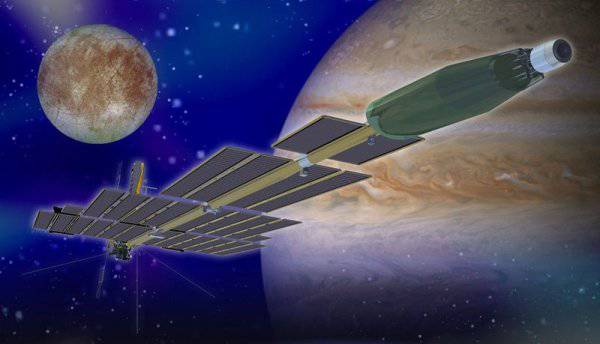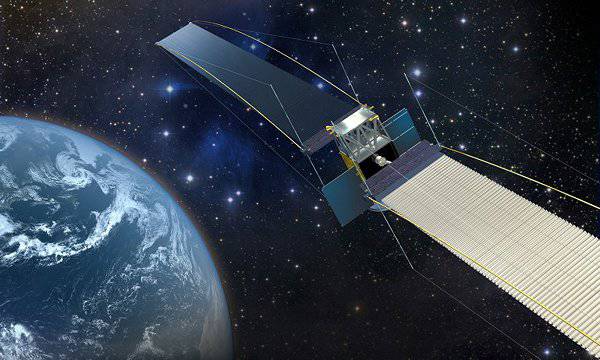Will ionic engines occupy a dominant position in outer space?

At the end of 2011, NASA announced plans to hold a competition to develop a concept for ion propulsion systems for spacecraft that will be powered by solar panels. A little later, the space agency entered into five contracts with companies that pledged for 600 thousand dollars to provide in four months the concept of "tug", which will be equipped with ion engines.
These companies include Ball Aerospace & Technologies, Analytical Mechanics Associates, Lockheed Martin, Boeing and Northrop Grumman. After they present their concepts, NASA will conduct an analysis of possible ways to overcome possible technical difficulties and a series of experiments to validate key technical solutions.
Ordinary rockets equipped with chemical engines that have been used for more than half a century can tear cargo off the Earth and take it into space. However, it is worth huge funds that hinders the conquest of space. On the contrary, ion engines, which have also been used for several decades, promise other perspectives. They have a relatively small burden, so they can not be used to put cargo into orbit. However, they have the ability to accelerate the products of combustion, which they emit, to enormous speeds, ten times higher than those that chemical RDs can achieve. Because of this, in order to create an impulse they need to throw away a lot less substance. Therefore, in open space, they are more economical than conventional rockets.
NASA plans to provide conventional carriers to take cargo to near-earth orbit, where a tug equipped with ion engines will take further transportation, bringing them to high orbits — geostationary or first Lagrange point. In the future, vehicles of this type can be used to send the ship into interplanetary space. And in orbits close to Earth, they can be engaged in towing commercial satellites that have come close to the atmosphere, thus increasing their lifespan.

Such tugs can play a crucial role in the development of the solar system. Having reached the Lagrange point, gravity no longer acts on the ship, and the DRC can safely "pull" the vehicles into remote areas of space.
It is worth noting that one of the contest participants, Northrop Grumman, announced the start of work on the development of alternative power sources in addition to the existing solar panels. The new concept proposed by the company can scale these systems to power in 300 kW, which is an outstanding result.
Thus, the first results of collective “brainstorming” can be expected in the coming months. However, we can already note the key problems that developers will have to solve. The first is the dispersion of solar energy in space, which requires the creation of large-sized batteries. And in order to maintain the possibility of movement in the shadow of the Earth, the DSB will need additional batteries, which will further increase all the devices. This will naturally lead to restrictions on its ability to cheap and fast transportation of various goods. The conclusion of such a device using conventional rockets will be quite expensive. It is also problematic to use solar cells beyond the orbit of Mars, since the radiation intensity decreases.
Ion engines have been used in spacecraft for quite a long time in order to stabilize the orbit, to conduct small maneuvering. Many research probes, including Hayabus, even used them as marching. However, at the moment to use ionic engines powered by solar batteries for trucks is impractical. They simply do not have enough solar energy to create the required thrust.
By the way, this is exactly what made the USA and the USSR consider the possibilities of using nuclear reactors in spacecraft. The USSR collapsed, and the United States turned the project "Prometheus" in 2005 year due to financial difficulties. Naturally, the production of such ships is extremely undesirable, because any accident in the atmosphere will lead to the release of radioactive materials. NASA has relied on "solar" power, which means that American developers have to do a difficult job.
Information